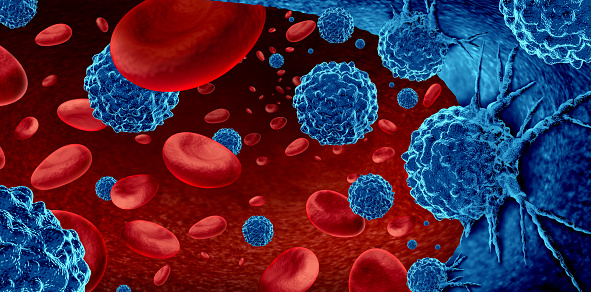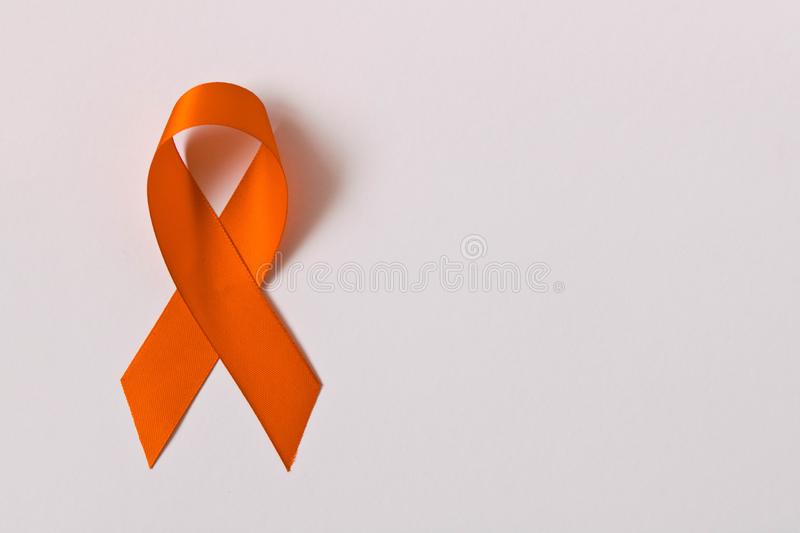Leukemia is a cancer of the blood. Blood cells include red blood cells, platelets, and white blood cells, and the process by which these blood cells are made in the bone marrow, including the issue most often with white blood cells, leads to cancer. Cancerous cells (leukemia cells) proliferate in the bone marrow and occupy the bone marrow.

As a result, the number of normal blood cells decreases, and symptoms such as anemia, weakened immune system, bleeding tendency, and enlargement of the spleen (the organ that stores blood) appears. As a result, and according to Leukemia Research Foundation, 61,090 people are expected to be diagnosed with leukemia this year.
On a positive note, Fucoidan, a sulfated polysaccharide contained in brown algae, is known to have various bioactive effects such as anticoagulant effect, antiviral effect, immunostimulatory effect, and antitumor effect.
Hence, in this blog, I would like to share a study on the functionality of Nagacombu (Saccharina longissimi) that grows off the coast of Hokkaido, especially the growth-suppressing apoptosis-inducing effects of the human leukemia cell line U937. The study, “Induction of apoptosis by fucoidan isolated from traditional food,” was conducted by Junpei Shimabukuro et al.
First, Fucoidan extracted from Saccharina longissimi was added to U937 cells (the human leukemia cell line) to investigate the effect on the proliferative capacity of U937 cells and the survival rate for 48 hours was measured. (See Fig.1). When observing the state of the cells at that time, it was found that many cells showed nuclear aggregation and were dead. After observing the form of cell death, they performed the APO Percentage Apoptosis Assay to investigate whether the cause of cell death was apoptosis, which is the suicide of cells.
This method determines the presence or absence of apoptosis by staining only the cells undergoing apoptosis in pink. Like the proliferative ability test, 100 µg / ml of Fucoidan was added to U937 cells. When the APO Percentage apoptosis assay was performed, four cells in the non-additive group showed almost no pink color. On the contrary, many cells stained in pink were observed in the fucoidan-added group, and it was observed that apoptosis occurred in the cells on which Fucoidan acted (See Fig. 2).
Finally, to investigate the mechanism of fucoidan-induced apoptosis, they focused on caspase 3, which is known as an apoptosis-inducing factor, Then compared and measured the expression levels of caspase 3 in the non-additive group and the fucoidan-added group in Western blotting.
As a result, the expression of active caspase 3, which was rarely observed in the fucoidan-free group, increased in a concentration-dependent manner in the fucoidan-added group (See Fig. 3, lower part). Thus, Fucoidan turned out to induce undergoing apoptosis through activation of caspase 3. Although many fucoidan functionality studies have been conducted so far, there have been few reports on Saccharina longissimi. This study revealed the inhibitory effect of Fucoidan from Saccharina longissimi on leukemia cell lines.
Since the structure of Fucoidan derived from Saccharina longissimi is also under investigation, it is expected that Fucoidan will be used to treat cancer, including leukemia, as further functional analysis progresses in the future.



